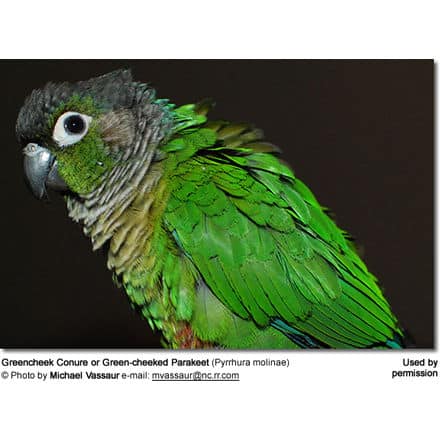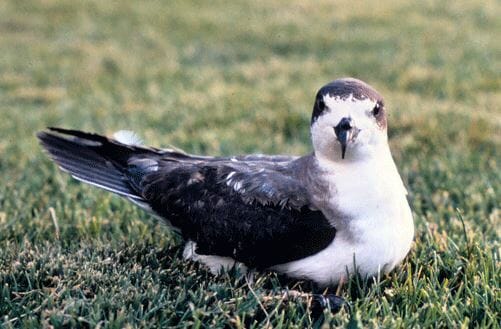Painted Redstarts, Myioborus pictus
The Painted Redstarts, Myioborus pictus, is a species of New World warbler. It is also known as “Painted Whitestart”.
Overview
Painted Redstarts grow to be about 12.5 – 15 cm (5 to 6 inches) in length.
The plumage of these birds is mostly black in color, although these birds have white wing patches, white outer tail feathers, white bellies, and white semi-circles around the bottoms of their eyes.
The most distinguishable feature of a mature Painted Redstart is its vivid scarlet-red breast.
Painted Redstarts are unusual amongst birds, and especially amongst warblers in that the female Painted Redstart is capable of singing just as well as a male, and during spring courtship a pair will often bond by singing together.
Range–ecology
Painted Redstarts are common at heights between 1500- 2,500 m (5,000 to 8,000 feet) and will make their homes in open oak woodlands and canyons in Central America, but will also range as far north as Arizona and New Mexico in the United States, called the Madrean sky islands as well as the Mogollon Rim to the north, (southern regions of the Colorado Plateau).
During the summer and winter, these birds may venture as far south as Nicaragua.
Nesting, etc
Their nesting is done on the ground, and they create their nests so that they will be hidden amongst rocks, roots, or tufts of grass on steeply sloping ground.
Their nests are large and shallow, constructed of strips of bark, plant fibers, leaves, and grass.
The female will lay 3 or 4 white to cream-colored eggs that are speckled with fine brown and reddish spots.
Incubation lasts about 14 days, but other nesting details are largely unknown.
References
- Barber, D. R., P. M. Barber, and P. G. Jablonski. 2000. Painted Redstart (Myioborus pictus). In The Birds of North America, No. 528 (A. Poole and F. Gill, eds.). The Birds of North America, Inc., Philadelphia, PA.
Thesis
- Christoferson LL. M.S. (1996). Defining breeding habitat for painted redstarts, solitary vireos, and western wood-pewees in riparian areas of southeastern Arizona. The University of Arizona, United States — Arizona.




